Integrated Pest Management (IPM) is the sustainable approach to controlling the various pest pressures that come about here at the Peters Orchards. An IPM approach involves three steps, prevention, observation and intervention. Our IPM program relies primarily on the detailed monitoring or scouting of our orchards for different pests. Secondly, is a through understanding of the life cycles of the pests we are trying to contain. Lastly, is taking action to prevent crop loss, but yet sustaining the overall health of the natural surroundings needed to produce a crop.
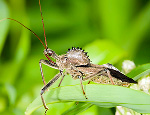
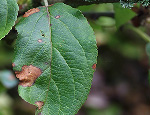
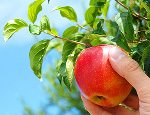
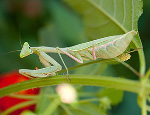
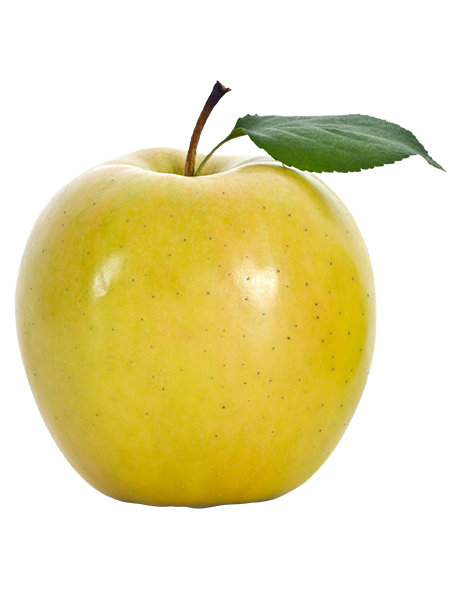
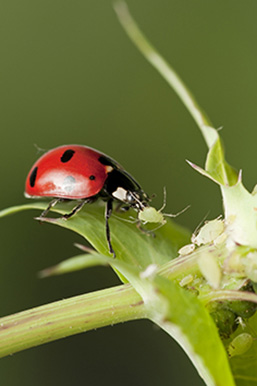 Prevention of pests involves the selection of crops that will be suited for our climate. It also means to keep the plants as healthy as possible through nutrition. A healthier plant is more likely to fight of an infection. Prevention also means the removal of infected plant tissue. When fire blight enters an orchard we will physically cut out the infected trees and burn them. We also spray urea in the fall on our apple leaves to aid in their decomposition. This reduces the number of apple scab sources when the spring rains begin.
Prevention of pests involves the selection of crops that will be suited for our climate. It also means to keep the plants as healthy as possible through nutrition. A healthier plant is more likely to fight of an infection. Prevention also means the removal of infected plant tissue. When fire blight enters an orchard we will physically cut out the infected trees and burn them. We also spray urea in the fall on our apple leaves to aid in their decomposition. This reduces the number of apple scab sources when the spring rains begin.
The scouting of the orchards is the next step of the IPM process. The gathering of pest populations is performed by visual inspection. Mites, aphids and pear psylla can be physically monitored to see if populations are increasing. The internal and external worms can be trapped with the use of a phermone lure and sticky paper. Once the moths are caught on the paper they are counted. The number caught gives us information about where the various worms are in their respective life cycles. Different fungal diseases like apple scab, rust, powdery mildew and various forms of fruit rots and molds are constantly observed. This detailed monitoring allows us to stay ahead of the pest, meaning we can use fewer applications of chemicals, and at lower rates. The early detection of a pest also means that many of our biological controls will be more effective if we target a pest population before it gets too large.
The final step is control of the pest. Once biological controls have failed to regain a natural balance, we will apply a pesticide that targets the species of pest we hope to control. Many newer pesticides have been derived from naturally occurring plants or substances. These products are formulated to be used in an IPM system or an organic system. On common misconception is that organic fruits and vegetables are grown without spraying pesticides. We routinely use many organic practices, but because we grow fruits in a humid environment, not a western desert, we must find alternative methods to control our fungal pests.